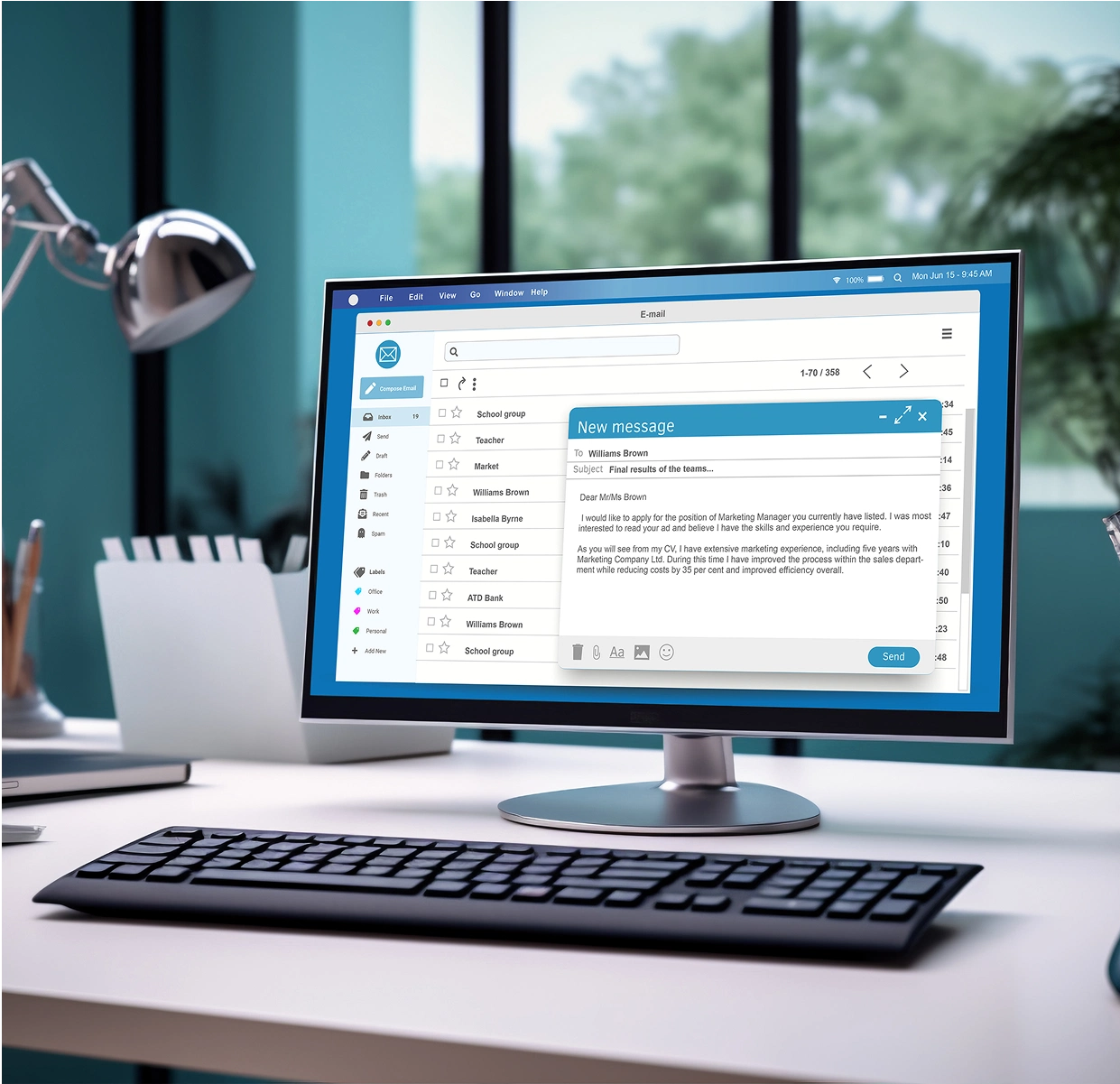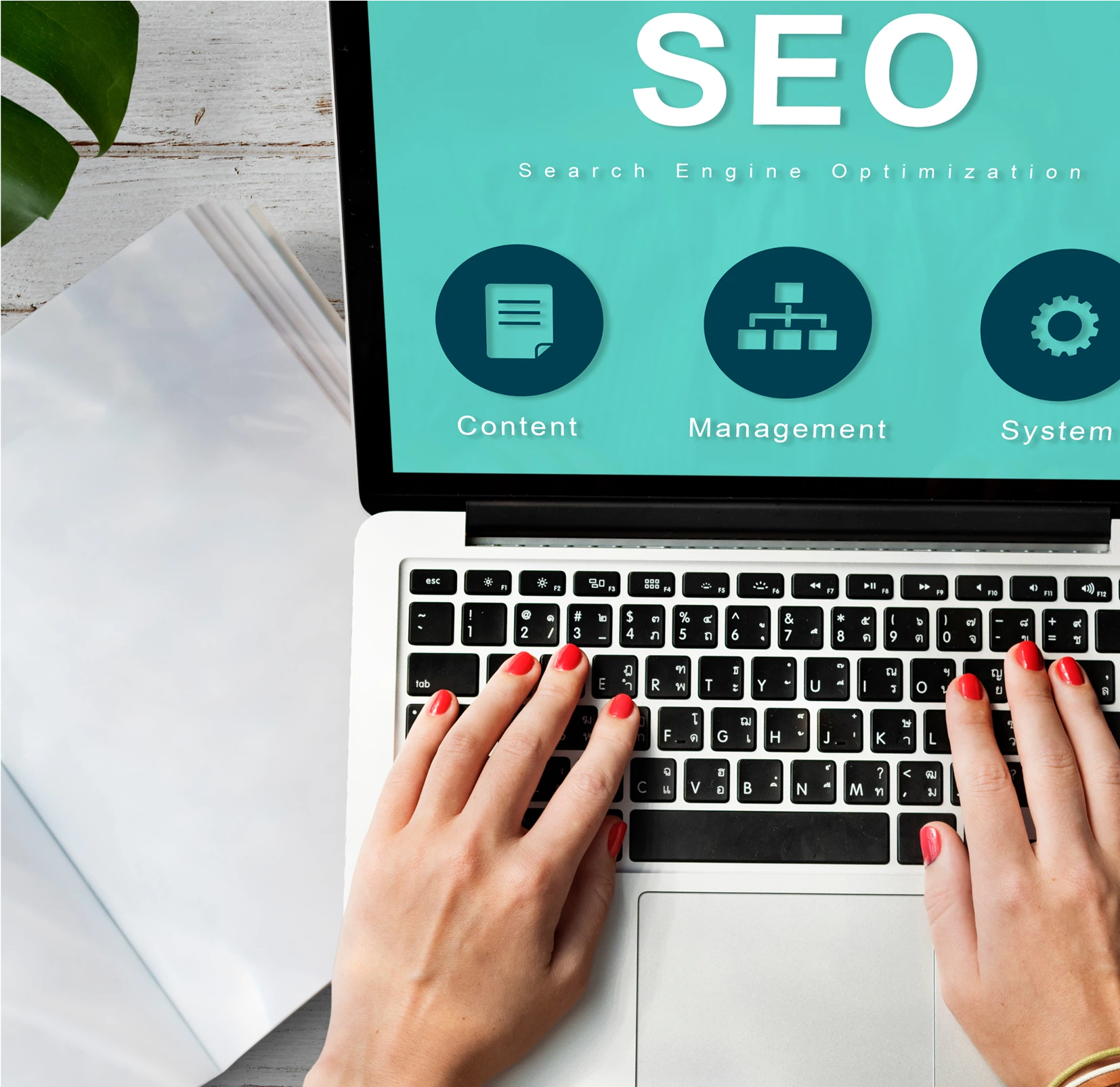
blog details
What Is AI Marketing Automation? Beginner’s Guide for Marketers

Introduction
Technology is reshaping marketing faster than ever. You’ve probably heard about marketing automation—tools that schedule emails, manage leads, or post on social media automatically. And now there’s a new buzzword: AI marketing automation.
But what does it really mean? And how can it help marketers who don’t consider themselves “techies”? Let’s dive in.
What Is AI Marketing Automation?
Traditional marketing automation is rule-based. For example:
- Send an email two days after someone signs up.
- Trigger a reminder if a lead hasn’t responded in seven days.
- Post to LinkedIn every Tuesday at 9 a.m.
AI marketing automation, on the other hand, uses machine learning and predictive algorithms. Instead of you setting all the rules, the AI:
- Learns from customer data.
- Predicts the best time to send an email for each person.
- Personalizes content based on behavior.
- Adjusts campaigns in real-time as results come in.
Think of it as the difference between a vending machine (automation) and a smart barista who remembers your favorite order and suggests something new you’ll probably like.
Why AI Marketing Automation Matters for Non-Tech Marketers
You don’t need to be a data scientist to use AI in your marketing. Most modern tools handle the technical side for you. Here’s what it means in practice:
- Smarter targeting → AI identifies patterns and suggests the right audience.
- Personalization at scale → Tailors subject lines, offers, and recommendations automatically.
- Time savings → Automates repetitive tasks like testing subject lines.
- Better results → More relevant campaigns usually mean higher open rates, conversions, and ROI.
Examples of AI Marketing Automation in Action
- Email marketing – AI suggests send times, writes subject lines, and personalizes recommendations.
- Social media – Tools optimize posting schedules, generate captions, and analyze top-performing content.
- Digital advertising – Platforms like Google Ads and Meta Ads already use AI to automate bidding and targeting.
- Chatbots – AI-powered bots provide instant answers, qualify leads, and support customers 24/7.
How to Get Started with AI Marketing Automation
- Start small – Use AI features in tools you already know (e.g., Mailchimp’s send-time optimization, HubSpot’s AI writing assistant).
- Pick one channel – Test AI in email or ads before expanding.
- Track results – Compare before/after metrics to prove ROI.
- Keep it human – AI enhances scale, but your brand’s voice still makes the difference.
Final Thoughts
AI marketing automation isn’t about replacing marketers. It’s about making your work smarter, faster, and more personalized. You don’t need coding skills or a tech background—just curiosity and a willingness to try.
For non-tech marketers, the best first step is simple: test one AI-powered feature in your current workflow and see the results for yourself.
If you’d like to take the guesswork out of AI marketing automation and have everything fully set up and configured for you, our team can help. From choosing the right tools to customizing workflows and integrating them into your marketing funnel, we make sure AI works seamlessly for your business. 👉 Contact us today to get started.
%20(2)%20(1).svg)
.png)





